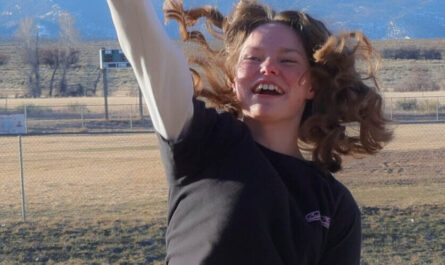Berets and baguettes or sombreros and burritos? At NS, students only have two foreign language options: Spanish and French.
Despite few options for learning a second language, many students have strong opinions about which is better. The teachers do too.
“French is the language of love,” says French teacher Jori Turpin. “It’s also way more fun to speak.”
In French there are different pronunciations and to Turpin they can be kind of fun.
“Spanish, even if you don’t know the exact vocabulary terms from one country to another, the base language is common enough to any Spanish country that you go to that you can understand each other,” says Spanish teacher Matt Braithwaite.
Besides how enjoyable the languages are, there’s also the issue of how challenging they are to learn.
“Honestly, I think that French and Spanish are about the same [in how hard they are]. They both have formal and informal so I think they are about the same,” Turpin.
Beyond just learning to speak and write, foreign language classes also introduce you to a new culture.
“We do a lot of cultural activities and history and we learn about different aspects of like history,” Turpin said, “so that it’s not just the language but you are getting a glimpse of their culture and their food and everything.”
Many students have different points of view on how the culture behind Spanish and French are and how they like them.
“I like the culture behind the Spanish language,” senior Henry De Groff said. “Spanish is spread out through central and South America and there’s cool stuff there whereas French is really contained to France.”
Students also think that the Spanish language at NS is good to learn because other people at the school actually speak it.
“I think here at NS Spanish is a good choice because there’s lots of opportunities to use it. When you learn Spanish you are going to be able to talk to Spanish people,” says Henry De Groff.
Students and teachers also love how the languages sound and many base their opinions of which is better by how the language sounds.
“I love how the [French] language sounds and also I love French people even though people think that they are mean,” said senior Mayzie Talbot.
Spanish teacher Matt Braithwaite thinks that students could like one language or another based on what they grew up learning as well as what language you are surrounded by, and your religion.
”In terms of practicality if you are looking from a social or economic viewpoint,” Braithwaite said, “you are more likely to use Spanish in the inner mountains then French.”
“French in a way when I listen to it, it is very fluent it flows really well so I would almost imagine spelling in French would be a little trickier.”
“What I love about spelling in Spanish is it sounds just the way it is spelled.”
“It’s tough to learn French to me because of all the different pronunciations but with Spanish you just say it how it’s spelled. French has a lot of silent sounds,” says De Groff.
“The hardest part about French is all the conjugations but a lot of it is training my brain to think in French and not in English,” says Talbot.
Some weird things about French are that in French the number eighty would be said four twenty.
The teachers at NS that teach different languages got into their languages very quickly.
“I learned it same as all your buddies here, [at NS] sitting in a classroom eight grade, junior high, and then I took two more years in high school,” says Braithwaite.




